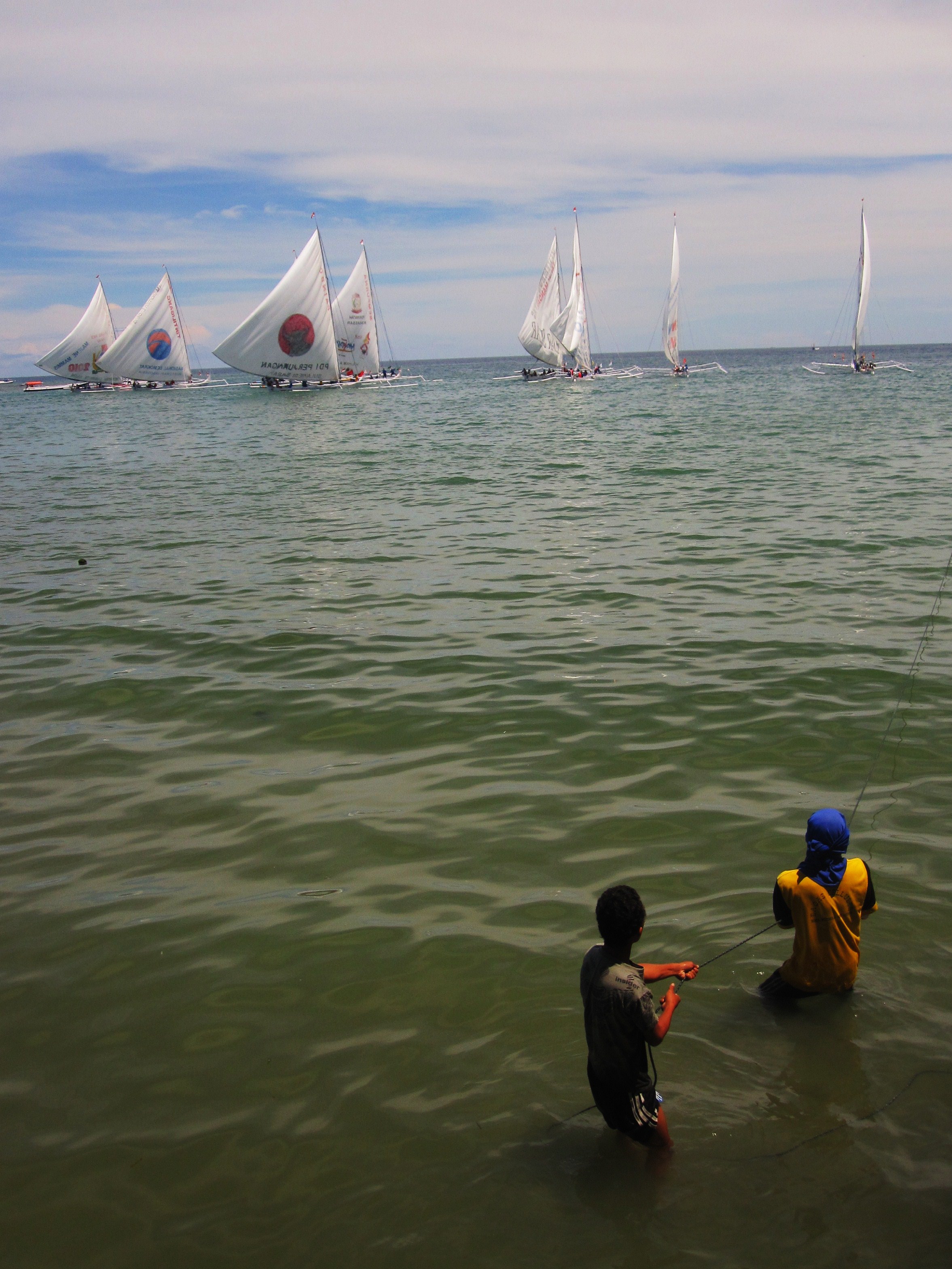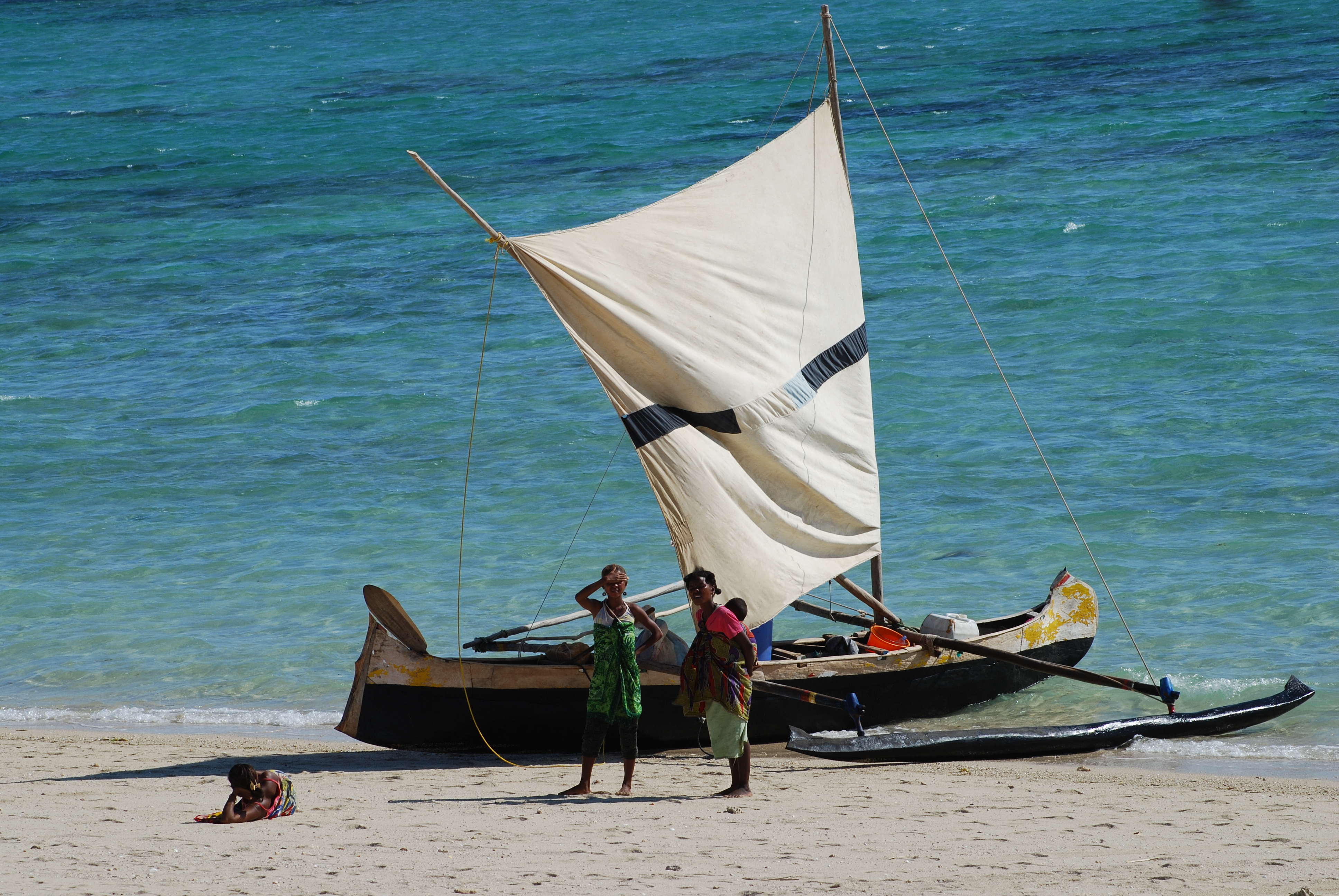|
List Of Multihulls
Types * catamaran = two symmetric hulls * proa = two asymmetric hulls, reverse-shunting (interchangeable Bow (ship), bow/stern) * trimaran = three hulls * quadrimaran = four hulls * pentamaran = five hulls Pre-modern Austronesian people, Austronesian * ʻalia * Amatasi * Balangay * Basnigan * Baurua * Camakau * Catamaran#Polynesian cats, Catamaran * Drua * Jukung * Kaep * Kalia (watercraft), Kalia * Karakoa * Kora kora * Lakana (boat), Lakana * Lakatoi * Ngalawa * Oruwa * Outrigger canoe * Pahi (ship), Pahi * Paraw * Paruwa * Proa * Sandeq * Takia (watercraft), Takia * Tepukei * Tipairua * Tongiaki * Va'a-tele * Vaka katea * Vinta * Wa (watercraft), Wa * Yathra doni Pre-modern Western world, Western * ''Tessarakonteres'' and ''Thalamegos'' (3rd century BC) * ''Simon & Jude'' or ''Invention I'' (1662) * ''Invention II'' (1662) * ''Experiment (1664 catamaran), Experiment'' (1664) * ''St. Michael the Archangel (catamaran), St. Michael the Archangel'' (1684) * ''Experiment (1786 c ... [...More Info...] [...Related Items...] OR: [Wikipedia] [Google] [Baidu] |
Catamaran
A catamaran () (informally, a "cat") is a watercraft with two parallel hull (watercraft), hulls of equal size. The wide distance between a catamaran's hulls imparts stability through resistance to rolling and overturning; no ballast is required. Catamarans typically have less hull volume, smaller Displacement (ship), displacement, and shallower draft (hull), draft (draught) than monohulls of comparable length. The two hulls combined also often have a smaller hydrodynamic drag (physics), resistance than comparable monohulls, requiring less propulsive power from either sails or motors. The catamaran's wider stance on the water can reduce both Heeling (sailing)#Heeling, heeling and wave-induced motion, as compared with a monohull, and can give reduced wakes. Catamarans were invented by the Austronesian peoples, and enabled their expansion to the islands of the Indian Ocean, Indian and Pacific Oceans. Catamarans range in size from small sailing or rowing vessels to large naval s ... [...More Info...] [...Related Items...] OR: [Wikipedia] [Google] [Baidu] |
Kaep
Kaep is a traditional type of double-ended Proa sailboat native to Palau. Some of the essential design elements have also been adopted as a modern smaller multihull prototype variant. Larger context The Pacific Ocean and particularly Micronesia gave birth to many different forms of simple sailing craft. Sail plan and hull form differ. Sail plans may include lateen, also known as crab-claw or half-crab-claw, Latin, or triangular. Hull formats include catamarans, doubles, proa, and singles. Presence of a beam spanning a double hull is optional. Likewise, hull end forms and shapes vary greatly. Masts for these types of sailboats can be made with one or two poles. The vessels may be made by hollowing out tree trunks, or may be assembled from planking. Other design considerations include the intended use of the vessel, for fishing, sea voyages or war, and whether they are to be used in sheltered lagoons or in the open sea. Additionally, there is an important and fundamental di ... [...More Info...] [...Related Items...] OR: [Wikipedia] [Google] [Baidu] |
Sandeq
A Sandeq is a type of outrigger sailboat or trimaran used by the Mandarese people for fishing and as a means of transportation between islands. The size of Sandeq varies, with hulls ranging from long and wide. Its carrying capacity ranges from a few hundred kilograms to over 2 tons. The sleek shape of the Sandeq makes it more agile and faster than other sailboats. The name of the vessel comes from a word in the Mandar language that means pointy, referring to the bow's shape. This boat is a well-known piece of maritime cultural heritage to the Mandarese people in West Sulawesi, Indonesia. Before the use of outboard motors, the Sandeq was one of the dominant means travelling between islands of the archipelago, not only because of its smoothness and speed, but also thanks to its ability to sail close-hauled almost directly against the direction of the wind. The zig-zag technique called beating in English is called ''Makkarakkayi'' in the Mandar language. Although Mandarese sea ... [...More Info...] [...Related Items...] OR: [Wikipedia] [Google] [Baidu] |
Proa
The ProA is the German basketball league system, second-tier Sports league, league of professional club basketball in Germany. The league comprises 16 teams. Officially the ProA is part of the ''2. Basketball Bundesliga'', which consists of the two hierarchical leagues ''ProA'' and ''ProB''. Before the 2007–08 season, the ''2. Basketball Bundesliga'' was a basketball league with the same name, which consisted of two geographical divisions. At the end of the league stage, the top two teams qualify for the Basketball Bundesliga, and the teams positioned 15th and 16th are Promotion and relegation, relegated to the lower league, ProB. Current teams (2024–25) Champions The champions of a given ProA season promote to the Basketball Bundesliga, along with the runner-up of the Finals. Performances by club Awards Coach of the Year Records Lachlan Dent holds the ProA league record for 3-poniters made in a single game. 7 April 2024, he hit 10 for his PS Karlsruhe Lions again ... [...More Info...] [...Related Items...] OR: [Wikipedia] [Google] [Baidu] |
Paraw
Paraw (also spelled ''parao'') are various double outrigger sail boats in the Philippines. It is a general term (similar to the term '' bangka'') and thus can refer to a range of ship types, from small fishing canoes to large merchant lashed-lug plank boats ('' balangay'' or ''baloto'') with two outriggers (''katig'') propelled by sails (usually a large crab-claw sail opposite a smaller triangular foresail) Etymology The word ''paraw'' (also spelled ''parao'') is a cognate of the terms '' proa'' of the Pacific Islands, and '' perahu'' or ''prau'' of Malay-Indonesia. It refers to outrigger boats propelled by sails (''layag''). It is a type of '' bangka'', the wider term used for boats (with or without outriggers) in the Philippines. Characteristics The paraw has three major elements that make it a paraw: the ''bangka'' (canoe or main hull), the ''katig'' (outriggers), and the ''layag'' (sails). Motorized versions of bangkas (with outriggers) are commonly known as pump b ... [...More Info...] [...Related Items...] OR: [Wikipedia] [Google] [Baidu] |
Pahi (ship)
:nl:Pahi Pahi were the traditional double-hulled sailing watercraft of Tahiti. They were large, two masted, and rigged with crab claw sail The crab claw sail is a fore-and-aft triangular sail with spars along upper and lower edges. The crab claw sail was first developed by the Austronesian peoples by at least 2000 BCE. It is sometimes known as the Oceanic lateen or the Oceanic ...s. They could carry 4-16 men and were 17-25 meters, this were big Polynesian ships. References Multihulls Sailing ships Tahiti {{ship-type-stub ... [...More Info...] [...Related Items...] OR: [Wikipedia] [Google] [Baidu] |
Outrigger Canoe
Outrigger boats are various watercraft featuring one or more lateral support floats known as outriggers, which are fastened to one or both sides of the main hull (watercraft), hull. They can range from small dugout (boat), dugout canoes to large plank-built vessels. Outrigger boats can also vary in their configuration, from the ancestral double-hull configuration (catamarans), to single-outrigger vessels prevalent in the Pacific Islands and Madagascar, to the double-outrigger vessels (trimarans) prevalent in Maritime Southeast Asia, Island Southeast Asia. They are traditionally fitted with Austronesian sails, like the crab claw sails and tanja sails, but in modern times are often fitted with petrol engines. Unlike a single-hulled vessel, an outrigger or double-hull vessel generates stability as a result of the distance between its hulls rather than due to the shape of each individual hull. As such, the hulls of outrigger or double-hull boats are typically longer, narrower and mo ... [...More Info...] [...Related Items...] OR: [Wikipedia] [Google] [Baidu] |
Ngalawa
The ngalawa or ungalawa is a traditional, outrigger canoe, double-outrigger canoe of the Swahili people living in Zanzibar and the Tanzanian coast. It is usually 5–6 m long and has two outriggers, a centrally-placed mast (often inclining slightly towards the prow) and a single triangular sail. It is used for short-distance transport of goods or people, as well as a coastal fishing boat. It can be classified as a variation of another common type of Swahili canoe known as '. The name and the outrigger technology was adapted from the outrigger ''lakana'' of the Austronesian people, Austronesian Malagasy people of Madagascar. See also *Outrigger canoe *Trimaran References Sailboat types Outrigger canoes Indigenous boats Swahili culture {{swahili-stub ... [...More Info...] [...Related Items...] OR: [Wikipedia] [Google] [Baidu] |
Lakatoi
Lakatoi (also Lagatoi) are multiple-hulled sailing watercraft of Papua New Guinea. They are named in the Motu language and traditionally used in the Hiri trade cycle. Lakatoi (whose literal meaning is ''three dugouts)'' are fashioned from two or more dugout logs fastened together to give stability and cargo-carrying capacity. The two or more dugouts are joined by booms, with a platform built on top. The sail is a crab-claw sail. Horridge (2008) discusses the rig and how the craft is manouvred. Gallery File:Picturesque New Guinea Plate V (a) - Loading Lakatoi, Port Moresby.jpg, Loading a ''lakatoi'' at Port Moresby, prior to 1885 File:Picturesque New Guinea Plate VII (a) - Lakatoi, Near Elevala Island.jpg, ''Lakatoi'' near Elevala Island, prior to 1885 File:PSM V52 D045 Papuan lake dwellings with a lakatoi under sail.jpg, Papuan lake dwellings with a ''lakatoi'' under sail, 1898 or before File:Papua Lakatoi 2s 6d stamp with POSTAGIE variety.jpg, 1901 stamp by the British Gov ... [...More Info...] [...Related Items...] OR: [Wikipedia] [Google] [Baidu] |
Lakana (boat)
A pirogue ( or ), also called a piragua or piraga, is any of various small boats, particularly dugouts and canoes. The word is French and is derived from Spanish ''piragua'' , which comes from the Carib '. Description The term 'pirogue' does not refer to a specific kind of boat, but is a generic term for small boats in regions once colonized by France and Spain, particularly dugouts made from a log. In French West Africa, the term refers to handcrafted banana-shaped boats used by traditional fishermen. In Madagascar, it also includes the more elaborate Austronesian ''lakana'' outrigger canoe. Pirogues are usually propelled by paddles that have one blade (as opposed to a kayak paddle, which has two). It can also be punted with a push pole in shallow water. Small sails are built by local fishermen and they can also be employed. There are two types of sails with differences in their shapes, the square one is used mainly for fishing near the coast and is only useful for tai ... [...More Info...] [...Related Items...] OR: [Wikipedia] [Google] [Baidu] |





